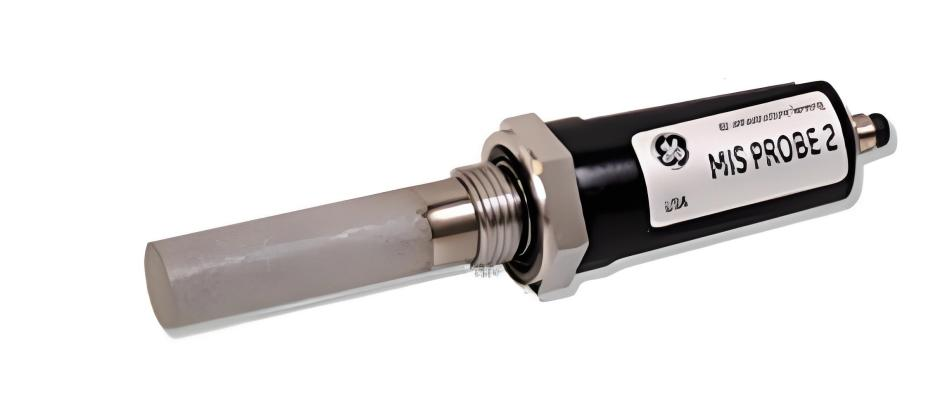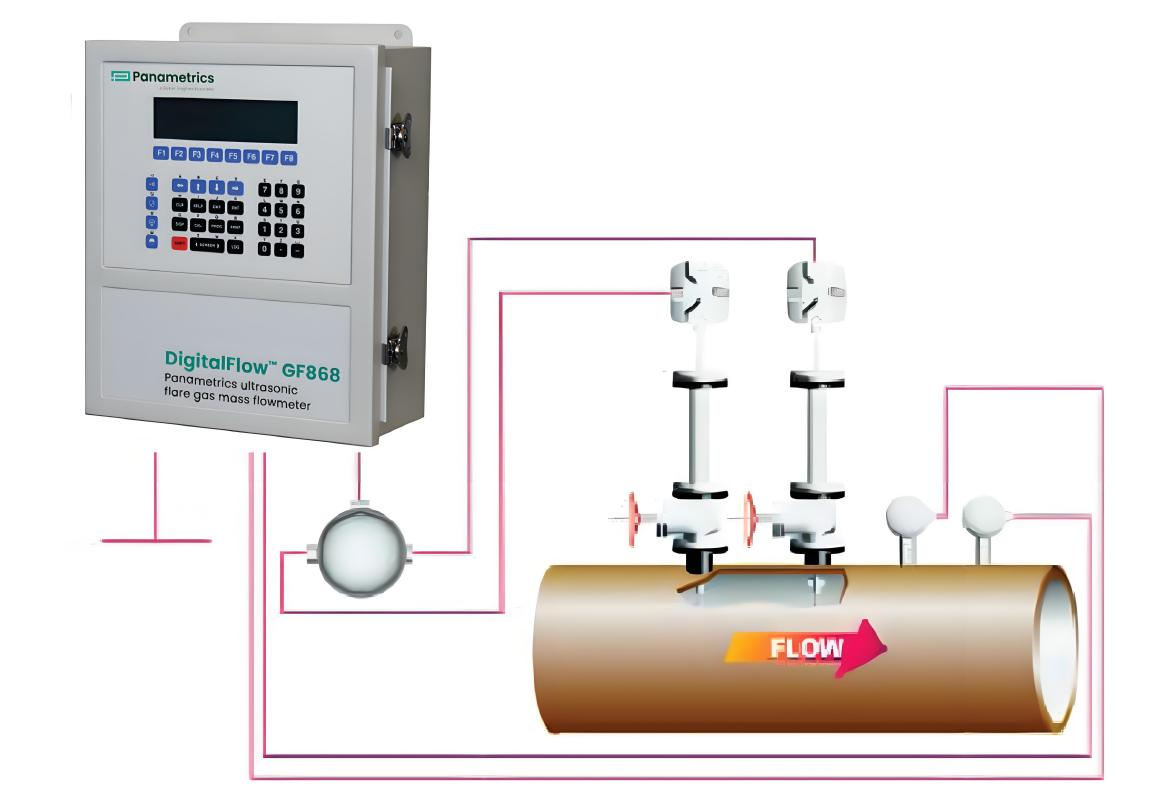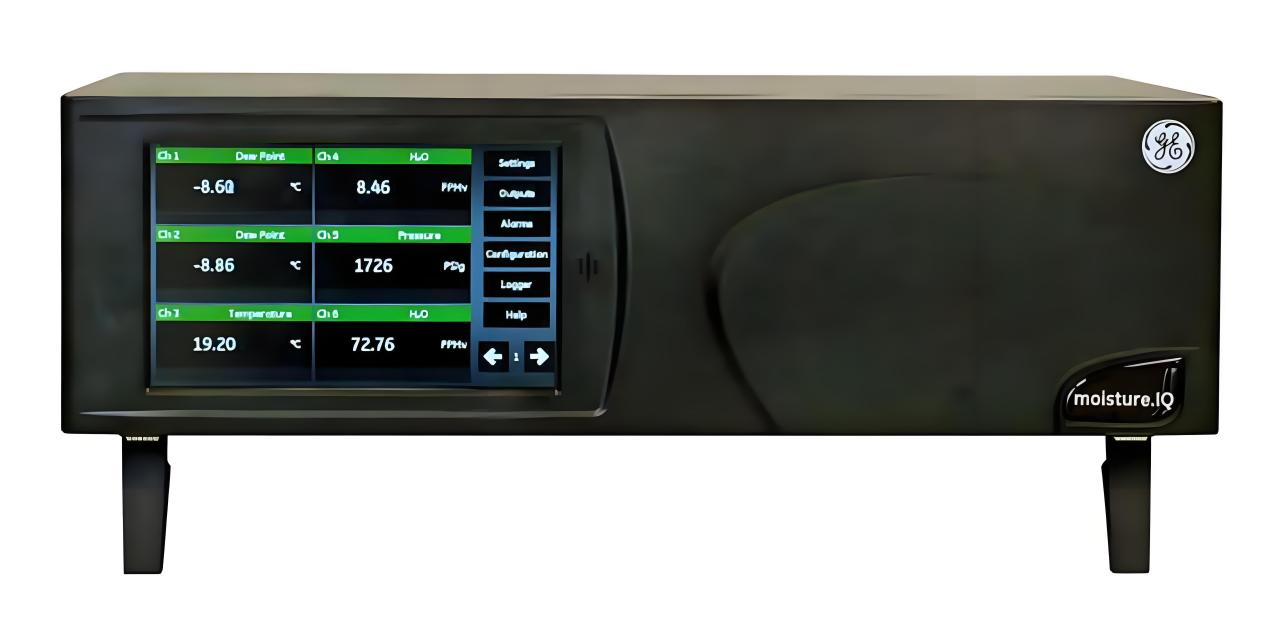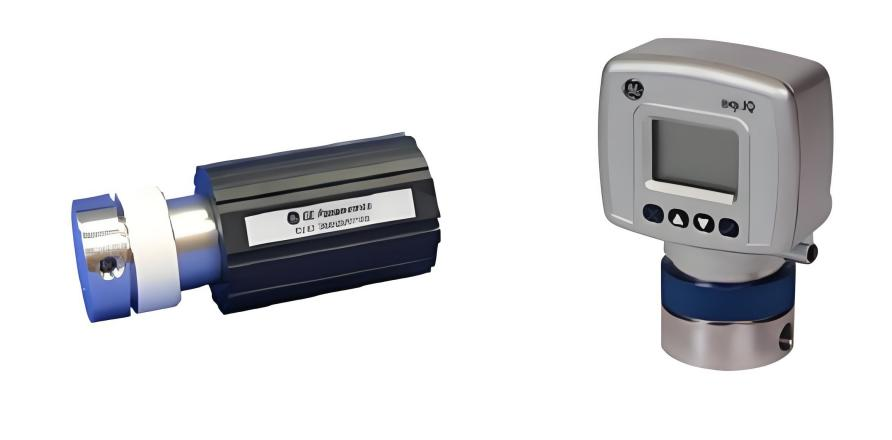GE Electrochemical Oxygen Analyzer
The DFOX differs from typical depletion type electrochemical sensors in that the sensor is based on the non-depletion electrolysis principle, which greatly enhances the life of the sensor, with a normal life expectancy of 5 years or more. The sensor operates without depleting the electrolyte and output positive electrode, and can be filled with distilled water when the electrolyte is reduced due to natural volatilization. Due to its non-depleting characteristics, the use of maintenance is greatly reduced, usually only need to be calibrated once a year. Each sensor is equipped with an acid-resistant feature, resulting in much longer life and stability.
The DFOX is primarily used for trace oxygen measurements and is characterized by the following features:
High accuracy
Measurement of ppm oxygen content
Good stability
Fast response time
Non-consumable
Low maintenance, low cost
Ranges: PPMv level sensors: 0-0.5/5/50ppmv; 0-1/10/100ppmv; 0-10/100/1000ppmv
% level sensor: 0-5%; 0-10%; 0-25
Accuracy: ±1% (range>0-2.5ppmv); ±5% (range<0-2.5ppmv)
Principle:
Cathode: O2+2H2O+4e=4OH-
Anode: 4OH-=O2+2H2O+4e-
Oxygen molecules in the cathode to get 4 electrons into OH-, OH- in the anode to release 4 electrons into oxygen molecules, electrons in the cathode and anode migration process into the current signal proportional to the oxygen concentration.
Translated with DeepL.com (free version)







